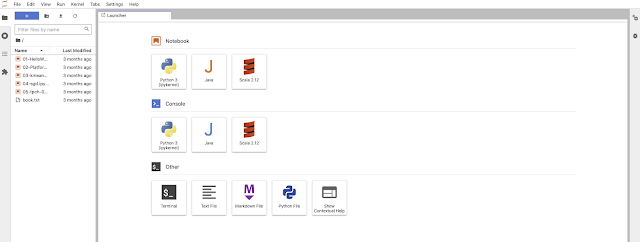Hey followers, I often get ask how to get Apache Wayang (https://wayang.apache.org) up and running without having a full big data processing system behind. We heard you, we built a full fledged docker container, called BDE (Blossom Development Environment), which is basically Wayang. Here's the repo: https://github.com/databloom-ai/BDE
I made a short screencast how to get it running with Docker on OSX, and we also have made two hands-on videos to explain the first steps. Let's start with the basics - Docker. Get the whole platform with:
docker pull ghcr.io/databloom-ai/bde:mainAt the end the Jupyter notebook address is shown, control-click on it (OS X); the browser should open and login you automatically:
Voila - done. You have now a full working Wayang environment, we prepared three notebooks to make it more easy to dive into. Watch our development tutorial video (part 1) to get a better understanding what Wayang can do, and what not. Click the video below:



Comments
Post a Comment